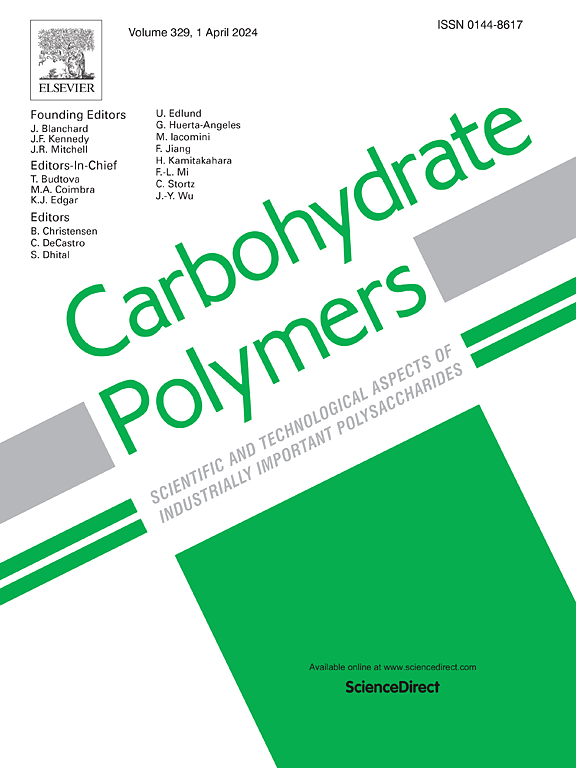Impact of solvent treatment on the adsorption efficiency of crystal violet dye using cellulose acetate-clay composite membranes: Experimental and molecular dynamics approaches
IF 10.7
1区 化学
Q1 CHEMISTRY, APPLIED
引用次数: 0
Abstract
The pollution of water bodies by synthetic dyes, particularly crystal violet dye (CVD), poses significant environmental and health risks due to its toxic effects. This study investigates the adsorption capabilities of cellulose acetate-clay composite membranes (RC@CA) for removing CVD from wastewater. Two types of membranes were synthesized using acetone (Ac) and acetic acid (AA) and characterized by X-ray diffraction (XRD), Fourier-transform infrared spectroscopy (FTIR), thermogravimetric analysis (TGA/DTA) and scanning electron microscopy coupled with energy-dispersive X-ray spectroscopy (SEM/EDS). Adsorption studies demonstrated that pH significantly influenced dye uptake, with both RC@CA membranes outperforming red clay (RC). Kinetic studies showed equilibrium was reached within 60 min, following a pseudo-second-order model. The Freundlich isotherm model indicate multilayer adsorption on heterogeneous surfaces with varying adsorption energies with capacities of 99.16 mg g−1 for RC@CA (Ac) and 97.79 mg g−1 for RC@CA (AA), compared to 47.62 mg g−1 for RC. Molecular dynamics (MD) simulations further suggested that increased acetylation enhances adsorption performance. Overall, RC@CA (Ac) membranes demonstrated the highest efficiency, highlighting its potential as a cost-effective adsorbent for wastewater.

求助全文
约1分钟内获得全文
求助全文
来源期刊

Carbohydrate Polymers
化学-高分子科学
CiteScore
22.40
自引率
8.00%
发文量
1286
审稿时长
47 days
期刊介绍:
Carbohydrate Polymers stands as a prominent journal in the glycoscience field, dedicated to exploring and harnessing the potential of polysaccharides with applications spanning bioenergy, bioplastics, biomaterials, biorefining, chemistry, drug delivery, food, health, nanotechnology, packaging, paper, pharmaceuticals, medicine, oil recovery, textiles, tissue engineering, wood, and various aspects of glycoscience.
The journal emphasizes the central role of well-characterized carbohydrate polymers, highlighting their significance as the primary focus rather than a peripheral topic. Each paper must prominently feature at least one named carbohydrate polymer, evident in both citation and title, with a commitment to innovative research that advances scientific knowledge.
 求助内容:
求助内容: 应助结果提醒方式:
应助结果提醒方式:


